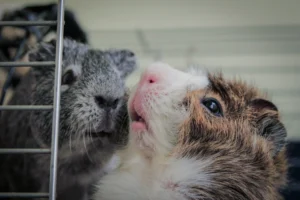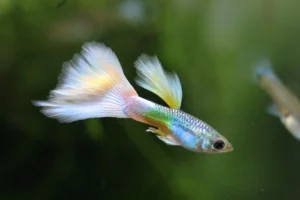History
The history of turtles is a fascinating journey that spans millions of years, taking us through the evolution of these unique reptiles and their enduring presence on Earth. This narrative unfolds in several key chapters, each marked by significant developments in the turtle’s story.
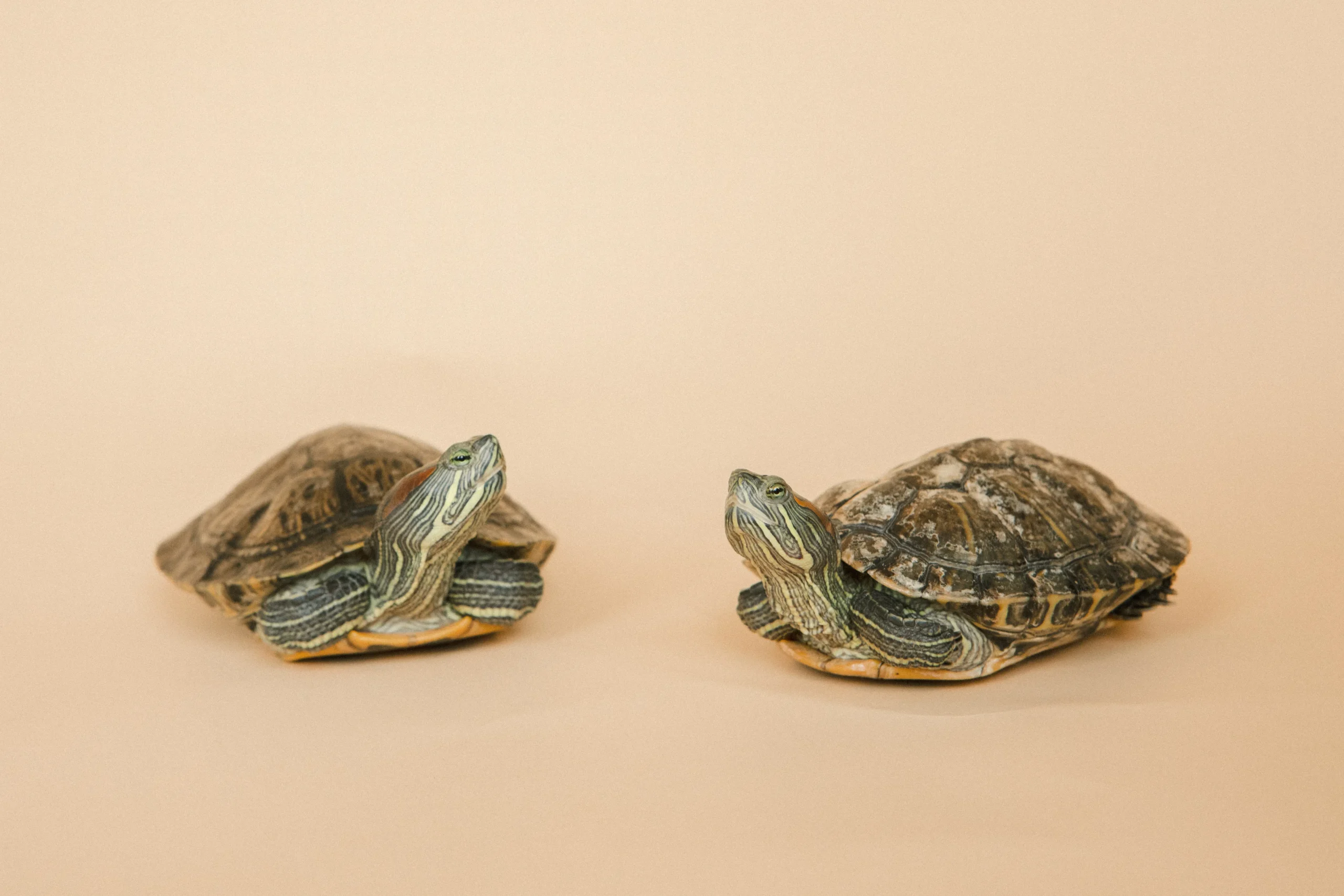
- Ancient Beginnings (Over 200 Million Years Ago): Turtles are ancient creatures, with their origins dating back over 200 million years to the Late Triassic period. Fossil evidence suggests that they emerged during the time when dinosaurs roamed the Earth. The earliest turtles had a basic shell structure and likely lived in aquatic environments.
- The Evolution of Shells: One of the defining features of turtles is their shell. Over time, this remarkable adaptation underwent significant changes. Early turtles had a shell made up of separate bony plates, but gradually, these plates fused to form the rigid, protective shell we associate with turtles today.
- Adaptation and Diversification: Turtles are known for their ability to adapt to a wide range of environments. Some species became fully terrestrial, while others remained primarily aquatic. The diversity of turtles led to the emergence of different types, including land turtles (tortoises), freshwater turtles, and sea turtles.
- Turtles and Human Culture: Throughout history, turtles have held a special place in various cultures. In some societies, they were revered as symbols of longevity, wisdom, and stability. The famous “Tortoise and the Hare” fable, attributed to Aesop, is an enduring testament to the turtle’s reputation for patience and persistence.
- Turtles in Extinction Events: Turtles have survived multiple mass extinction events, including the one that wiped out the dinosaurs. Their adaptability and resilience have played a crucial role in their continued existence.
- Modern Conservation Challenges: Today, many turtle species face significant threats due to habitat loss, pollution, and illegal trade. Conservation efforts are underway worldwide to protect these remarkable creatures and their habitats. Organizations and researchers are working tirelessly to raise awareness and implement strategies for turtle conservation.
- Iconic Sea Turtles: Sea turtles, such as the loggerhead, leatherback, and green turtle, are some of the most well-known turtle species. They are celebrated for their incredible ocean migrations and are a symbol of marine conservation efforts. Sea turtles have faced immense challenges, including entanglement in fishing gear and plastic pollution.
- Scientific Contributions: Turtles have played a vital role in the study of evolution, genetics, and paleontology. Their unique position in the reptile family tree has provided valuable insights into the history of life on Earth.
- Turtles in Popular Culture: Turtles have also left their mark on popular culture. Characters like the Teenage Mutant Ninja Turtles and the beloved “Squirt” from the animated film “Finding Nemo” have captured the imaginations of people of all ages.
Turtles size
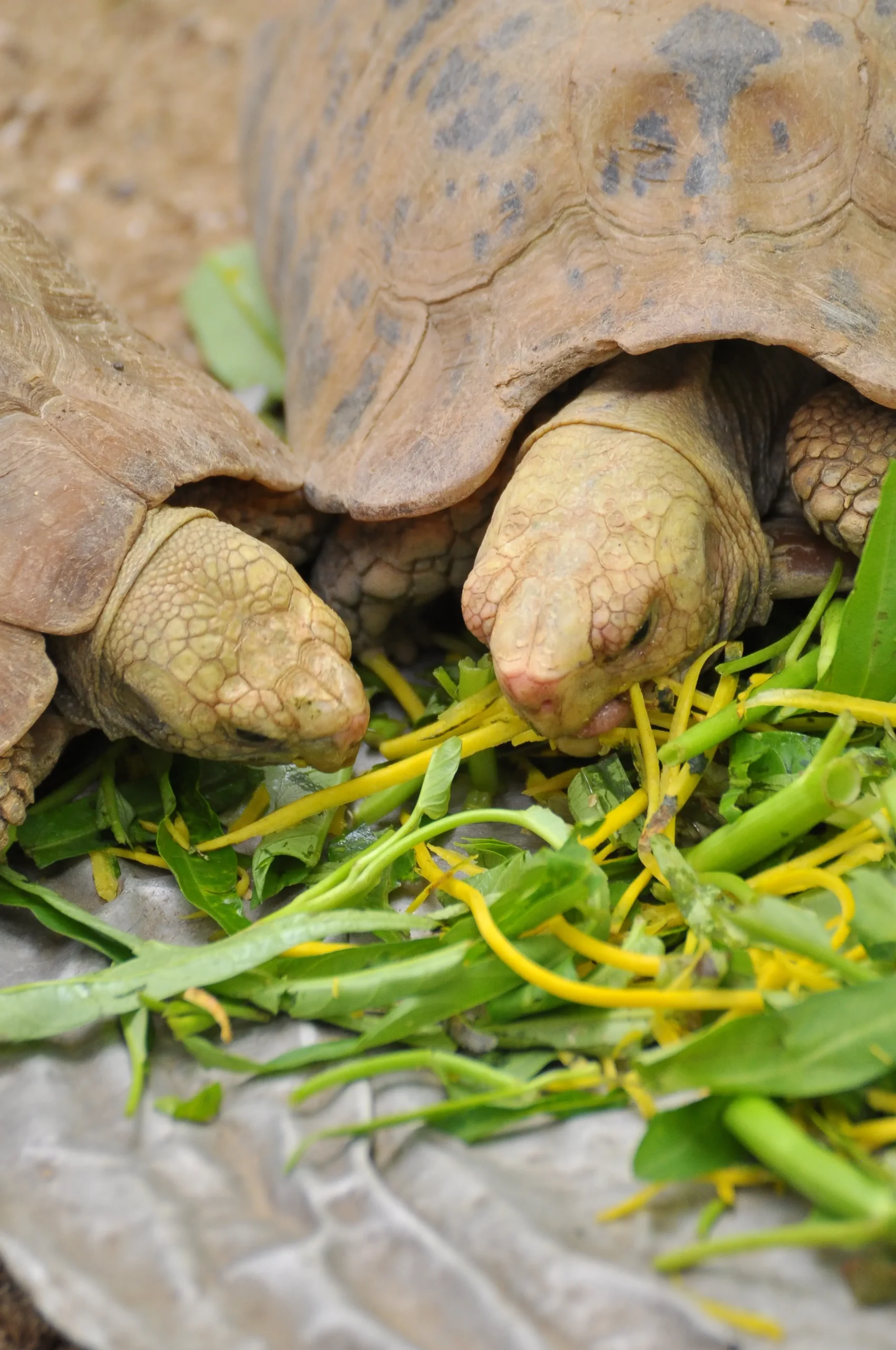
Turtles encompass a wide range of sizes, from tiny species that can fit in the palm of your hand to colossal behemoths that weigh hundreds of kilograms. To categorize them based on size, scientists often use the following classifications:
Micro Turtles: These are the tiniest members of the turtle family, measuring only a few centimeters in length. Some examples include the Speckled Padloper Tortoise and the Bog Turtle.
Small Turtles: Small turtles range from a few centimeters to around 20 centimeters in length. Examples include the Eastern Box Turtle and the Painted Turtle.
Medium-Sized Turtles: This category includes turtles that measure between 20 and 50 centimeters in length. The Red-Eared Slider and the Diamondback Terrapin are well-known examples.
Large Turtles: Large turtles are those that exceed 50 centimeters in length. They include species like the Common Snapping Turtle and the Olive Ridley Sea Turtle.
Giant Turtles: The largest turtles belong to this category, with some individuals reaching lengths of over two meters. The Leatherback Sea Turtle and the Aldabra Giant Tortoise fall into this group.
Size and Anatomy:
The size of a turtle is intricately tied to its anatomy. One of the most distinctive features of turtles is their shell, which consists of two parts: the carapace (top shell) and the plastron (bottom shell). The size of these shells varies among species, with larger turtles typically having thicker and more robust shells for protection against predators.
The limbs of turtles are also influenced by their size. Smaller turtles tend to have more delicate and slender limbs, while larger turtles have thicker and more powerful limbs, which aid in supporting their weight on land and in swimming. Additionally, the size of a turtle’s head can vary, with some species having relatively small heads and others, like snapping turtles, boasting large, powerful jaws.
Size and Physiology:
Physiologically, the size of a turtle impacts its metabolic rate, reproductive strategies, and overall energy requirements. Smaller turtles generally have faster metabolisms relative to their body size, allowing them to process food more quickly. This often means that they need to eat more frequently to sustain their energy levels.
Conversely, larger turtles have slower metabolisms and can go for longer periods without eating. This adaptation is especially useful for species like sea turtles, which may travel vast distances between foraging grounds and nesting beaches.
Reproductive strategies are also influenced by size. Smaller turtles tend to produce more offspring per clutch of eggs, but they are often more vulnerable to predation. Larger turtles produce fewer offspring but invest more in parental care and protection.
Size and Ecology:
The size of a turtle significantly shapes its ecological role and habitat preferences. Small turtles are often terrestrial or semi-aquatic and are well-suited to environments like forests, grasslands, and wetlands. They may feed on insects, plants, or small aquatic organisms.
Medium-sized turtles can adapt to a wider range of habitats, including ponds, lakes, and rivers. They play essential roles in ecosystem dynamics by controlling populations of aquatic plants, invertebrates, and small vertebrates.
Large turtles are typically aquatic and can inhabit oceans, rivers, and estuaries. They often play keystone roles in their ecosystems, influencing the abundance and distribution of species around them. For example, sea turtles help control jellyfish populations, which can otherwise disrupt marine food webs.
Size and Conservation:
The size of turtles has significant implications for their conservation status. Many smaller turtle species are at risk due to habitat destruction, pollution, and the illegal pet trade. Their small size makes them vulnerable to predation and less conspicuous to researchers and conservationists.
Larger turtles face their own set of challenges. Sea turtles, in particular, are threatened by bycatch in fishing operations, ingestion of plastic debris, and habitat loss. Conservation efforts for giant turtles often focus on protecting their breeding and nesting sites, as well as combating poaching and habitat degradation.
Nutrition and Diet
Nutrition refers to the process of obtaining and utilizing nutrients from food for the sustenance of an organism. Turtles, being ectothermic reptiles, have unique nutritional requirements that are influenced by their species, age, size, and habitat. Proper nutrition is vital for their survival and health
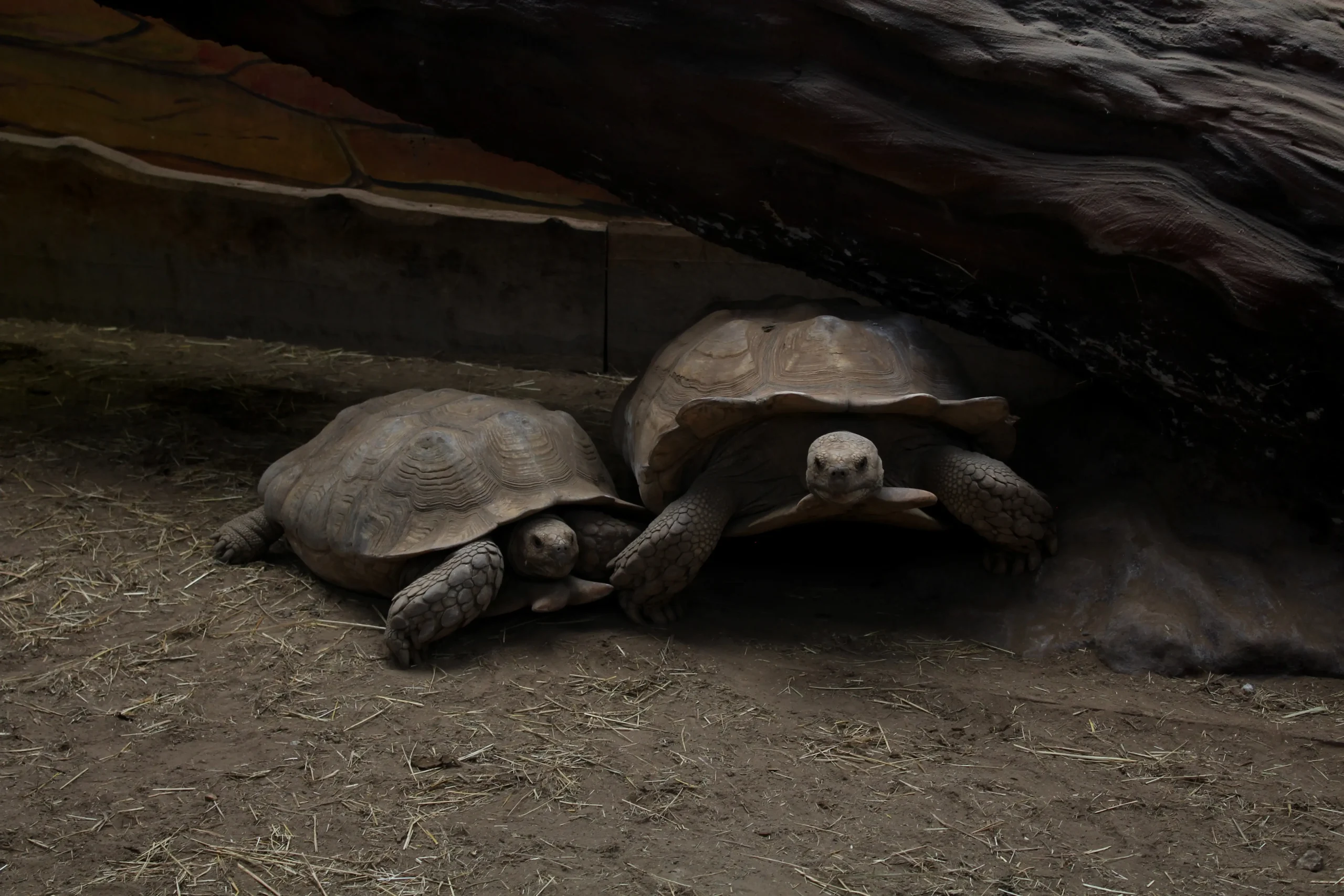
Turtles require a balanced diet that includes the following key components:
- Protein: Protein is essential for growth, tissue repair, and overall development. In the wild, turtles obtain protein from various sources, such as insects, aquatic invertebrates, and small fish.
- Carbohydrates: Carbohydrates provide energy for daily activities and metabolic functions. Turtles primarily acquire carbohydrates from plant material, such as aquatic plants and algae.
- Fats: Fats serve as a concentrated energy source and are crucial for maintaining healthy skin and organ function. Turtles obtain fats from both animal and plant sources.
- Vitamins and Minerals: Turtles need a variety of vitamins and minerals to maintain their health. These micronutrients are obtained from their diet and are essential for functions like bone development and immune system support.
- Calcium: Calcium is especially important for turtles because it contributes to the strength and health of their shells. Inadequate calcium intake can lead to shell deformities and health issues.
Dietary Preferences of Turtles:
Turtles exhibit diverse dietary preferences depending on their species and habitat. Some common dietary preferences among turtles include:
- Herbivorous Turtles: Many turtles are primarily herbivores and feed on aquatic plants, algae, and terrestrial vegetation. Examples include the green sea turtle and the Eastern box turtle.
- Carnivorous Turtles: Some turtle species are carnivorous, relying on a diet of insects, small fish, crustaceans, and even carrion. Snapping turtles are well-known carnivores.
- Omnivorous Turtles: Certain turtle species have omnivorous diets, meaning they consume both plant and animal matter. The red-eared slider is a well-known example of an omnivorous turtle.
- Specialized Diets: Some turtles have highly specialized diets. For instance, the leatherback sea turtle primarily feeds on jellyfish, while the giant tortoise of the Galápagos Islands consumes a variety of vegetation.
Turtle Diets in the Wild vs. Captivity:
Turtle diets in the wild are influenced by their natural habitat, prey availability, and seasonal variations. In contrast, turtles in captivity are often provided with a more controlled diet. It is essential for turtle owners to understand the differences between these two settings to ensure their pet’s well-being.
Wild Turtle Diets:
In their natural habitats, turtles forage for a wide range of foods. Aquatic turtles, like pond sliders, dine on aquatic plants, small fish, and aquatic invertebrates. Land-dwelling turtles, such as tortoises, graze on grasses, leaves, and fruits. Their diets are diverse and may change throughout the year.
Captivity and Turtle Diets:
Turtles kept in captivity require careful attention to their diet. Providing a balanced diet that replicates their natural nutritional intake is crucial. Commercial turtle pellets are often used as a staple food source because they are formulated to meet a turtle’s nutritional needs.
However, a varied diet is essential for captive turtles’ health and enrichment. Supplementing turtle pellets with fresh vegetables, fruits, and occasional treats like live insects or small fish can help ensure a diverse and nutritious diet. Leafy greens like kale, collard greens, and dandelion greens are excellent options for herbivorous turtles, while carnivorous turtles may benefit from occasional servings of earthworms or shrimp.
Feeding Habits and Frequencies:
Turtles exhibit varying feeding habits and frequencies depending on their species and environment. Understanding these habits is vital for their care:
- Aquatic Turtles: Many aquatic turtles are ambush predators. They patiently wait for prey to come within striking distance and then lunge to capture it. Feeding frequency can vary, but smaller, more frequent meals are generally preferable.
- Land Turtles: Land turtles, such as tortoises, tend to graze on vegetation throughout the day. They require a constant supply of fresh food.
- Seasonal Variations: In the wild, turtles may adjust their feeding habits seasonally. For example, during the colder months, they may reduce their activity and feed less frequently.
- Hibernation: Some turtle species hibernate during the winter months and do not eat during this period.
The Importance of Proper Nutrition:

Proper nutrition is paramount for the health and longevity of turtles. Inadequate or imbalanced diets can lead to various health issues, including:
- Shell Deformities: Insufficient calcium intake can result in soft or deformed shells, making the turtle more susceptible to injury and disease.
- Metabolic Bone Disease: A lack of calcium and other essential nutrients can lead to metabolic bone disease, causing weakness and deformities in the skeleton.
- Obesity: Overfeeding or offering high-fat diets can lead to obesity, which can strain a turtle’s organs and reduce its overall quality of life.
- Digestive Problems: An improper diet can cause digestive issues suchs impaction, where undigested food accumulates in the digestive tract, leading to blockages and discomfort.
- Weakened Immune System: Poor nutrition can weaken a turtle’s immune system, making it more susceptible to infections and diseases.
To ensure that your turtle receives proper nutrition, it’s essential to research the specific dietary needs of its species and age. Consult with a veterinarian who specializes in reptile care for guidance on creating a balanced diet plan for your pet.
Additional Topics Related to Turtles:
Beyond their nutrition and diets, several other topics related to turtles are of interest to enthusiasts, researchers, and conservationists:
- Turtle Conservation: Many turtle species are endangered or threatened due to habitat loss, poaching, and other human activities. Conservation efforts aim to protect these vulnerable reptiles and their ecosystems.
- Turtle Behavior: Understanding the behavior of turtles, including their nesting habits, migration patterns, and social interactions, is essential for their conservation and management.
- Reptile Husbandry: Proper care and husbandry practices for captive turtles are essential to ensure their well-being. Topics include habitat design, temperature regulation, and healthcare.
- Turtle Species Diversity: There are over 350 species of turtles worldwide, each with its unique characteristics and adaptations. Exploring the diversity of turtle species is a fascinating aspect of turtle-related topics.
- Turtle Research: Ongoing research in the field of herpetology helps expand our knowledge of turtle biology, ecology, and behavior. Researchers study everything from reproduction and genetics to disease management.
Training and Intelligence
Training turtles might not be as common as training dogs or horses, but it is possible and can be quite rewarding. While they may not possess the same level of cognitive abilities as mammals, turtles can still learn and adapt to their environments. Training turtles primarily involves conditioning them through repetition, positive reinforcement, and patience.
One common example of turtle training is getting them to recognize their primary caretaker. This recognition is often achieved through consistent interaction, where the turtle learns to associate a specific person with feeding, gentle handling, and a comfortable environment. Over time, turtles can develop a degree of trust and familiarity with their primary caregiver.
Another aspect of training in turtles involves behavior modification. For instance, if a pet turtle displays aggressive behavior, such as biting, training techniques can be employed to discourage this behavior. Reward-based methods, where positive actions are reinforced with food or affection, can be used to encourage desirable behaviors while ignoring or redirecting undesirable ones.
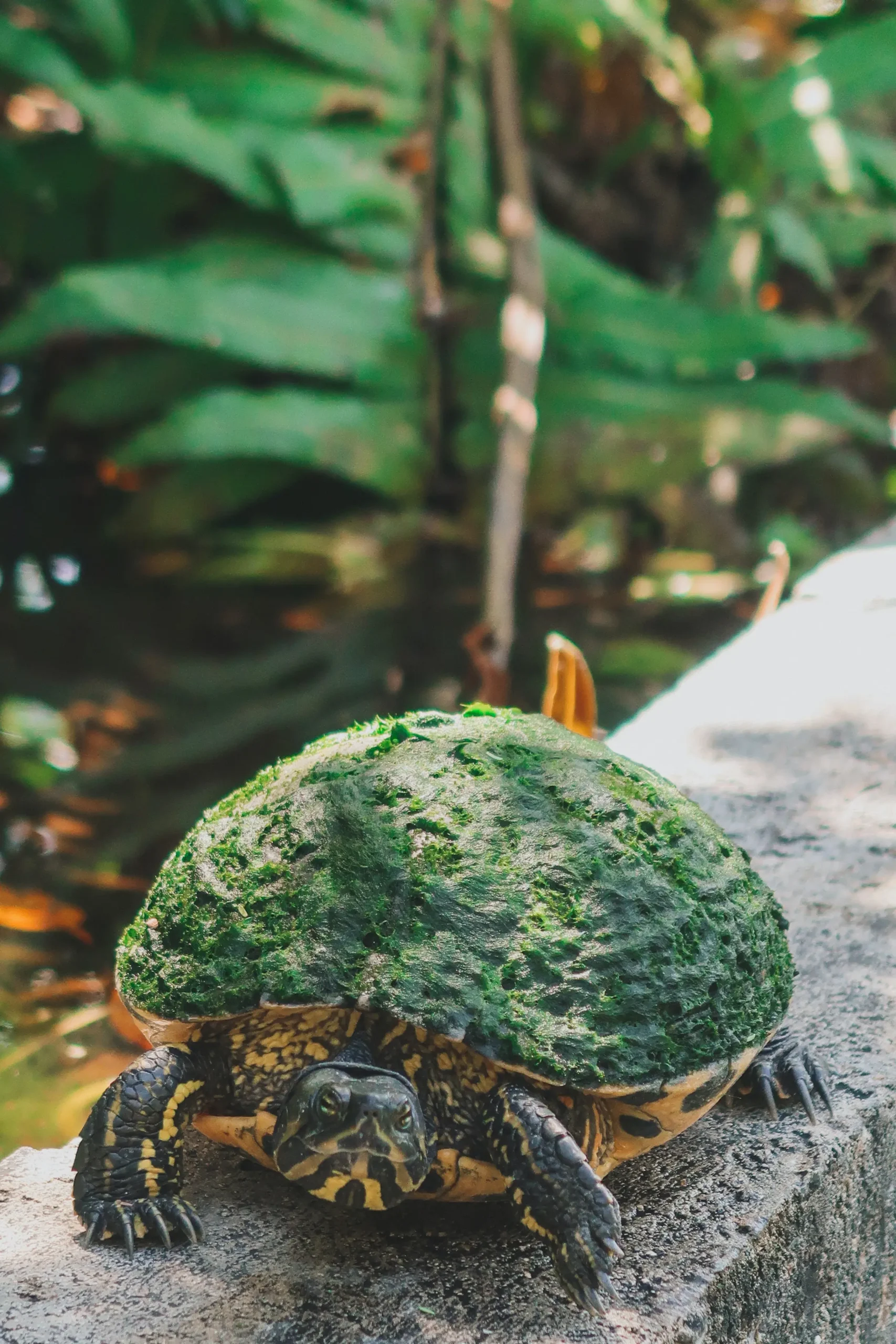
Training can also extend to basic tasks, such as coming to a designated feeding area when called. Turtles can learn to associate certain sounds or cues with mealtime, making it easier for caregivers to manage their feeding schedule.
Intelligence in Turtles
The intelligence of turtles has been a subject of scientific interest for many years. While they may not exhibit the same level of cognitive abilities as some other animals, they possess unique forms of intelligence adapted to their ecological niche.
- Spatial Intelligence: Turtles are known for their remarkable spatial intelligence. Many species of turtles have a strong homing instinct, allowing them to navigate vast distances in the ocean or return to the same nesting sites year after year. This ability suggests that they possess a sophisticated sense of direction and mapping, likely influenced by Earth’s magnetic field and environmental cues.
- Problem-Solving: Turtles can demonstrate problem-solving skills, especially when it comes to foraging for food. They have been observed using their limbs and beaks to manipulate objects in their environment to access food. While their problem-solving abilities might not rival those of primates or birds, they showcase a level of adaptability and resourcefulness.
- Learning and Memory: Turtles can learn from their experiences and remember specific environmental cues. For example, sea turtles imprint on the unique magnetic field of their birthplace, which helps guide them back to the same beach to nest when they reach maturity. This imprinting mechanism is a remarkable display of their ability to learn and remember.
- Social Intelligence: Some turtle species exhibit social behaviors that require a degree of social intelligence. For instance, terrapins are known to recognize other individuals within their group and establish social hierarchies. This social intelligence helps them navigate their complex social interactions.
- Communication: Turtles communicate with each other using various signals, such as visual displays, vocalizations, and tactile interactions. While these forms of communication may be less sophisticated than those of some mammals and birds, they serve essential functions in their social interactions and mating rituals.
- Longevity: Turtles’ long lifespans are a testament to their ability to adapt and survive in their environments. Their ability to avoid predation, find food, and reproduce over several decades showcases a unique form of intelligence linked to survival strategies.
- Learning through Observation: While turtles may not be known for learning through observation to the same extent as primates, some experiments have suggested that they can learn from watching conspecifics or other animals interact with their environment.
It’s important to note that the intelligence of turtles varies among species. Some, like the loggerhead sea turtle, are considered more intelligent due to their complex migratory behaviors and problem-solving abilities, while others, like the snapping turtle, may display more basic cognitive functions focused on survival.
Cares Tips
CARES TIPS for Turtles: Conserving These Remarkable Reptiles
Turtles are extraordinary creatures that have inhabited our planet for millions of years. Their unique characteristics and vital role in maintaining the ecological balance of various ecosystems make them a subject of great fascination and concern. In this comprehensive guide, we will delve into CARES TIPS, a set of guidelines aimed at the conservation of turtles and their habitats. These guidelines encompass a wide range of topics related to turtles, from their biology and habitat to the threats they face and how we can contribute to their preservation.
C – Understanding the Classification of Turtles

Before diving into conservation efforts, it’s crucial to comprehend the classification of turtles. Turtles belong to the reptile class, characterized by their scaly skin, ectothermic nature, and the presence of a bony or cartilaginous shell. They are further divided into two major groups: marine turtles (sea turtles) and freshwater or terrestrial turtles.
- Marine Turtles: These turtles, including the loggerhead, green, and leatherback turtles, primarily inhabit oceanic environments. Their physiology has adapted to saltwater living, and they play a significant role in marine ecosystems.
- Freshwater and Terrestrial Turtles: These turtles are found in various freshwater bodies, such as ponds, rivers, and lakes, as well as on land. Common species include the painted turtle, box turtle, and snapping turtle.
A – Appreciating the Importance of Turtles
Turtles are not just captivating creatures; they also contribute significantly to the ecosystems they inhabit. Understanding their ecological roles is essential for appreciating their significance.
- Seed Dispersers: Many turtle species feed on fruits and vegetation. As they move about, they unintentionally disperse seeds, aiding in plant propagation and forest regeneration.
- Algae Control: Certain aquatic turtles, like the red-eared slider, help control algal blooms by consuming algae in freshwater habitats.
Indicator Species: Turtles are often considered indicator species, meaning their population health reflects the overall health of the ecosystem. Declines in turtle populations can signal environmental issues.
R – Recognizing the Threats to Turtles
Despite their importance, turtles face numerous threats, both natural and human-induced. Understanding these threats is vital for effective conservation.
- Habitat Destruction: The loss and degradation of habitats due to urbanization, agriculture, and infrastructure development threaten turtles’ nesting sites and foraging areas.
- Illegal Wildlife Trade: Turtles are frequently trafficked for their shells, meat, and pet trade, putting immense pressure on wild populations.
- Climate Change: Rising temperatures can affect turtle sex ratios, as some species have temperature-dependent sex determination. Additionally, sea level rise can inundate nesting sites.
E – Educating the Public about Turtles
Public awareness is a cornerstone of turtle conservation. By educating people about the importance of turtles and their conservation needs, we can inspire action and support.
- School Programs: Introduce turtle-related topics in school curricula to instill a sense of responsibility and knowledge about these reptiles from a young age.
- Public Awareness Campaigns: Launch campaigns through various media outlets to inform the public about the threats turtles face and the actions they can take to help.
S – Supporting Conservation Initiatives
Taking action is crucial for turtle conservation. Supporting organizations and projects dedicated to turtle preservation can make a significant difference.
- Donations: Contribute financially to conservation organizations working to protect turtle habitats and populations.
- Volunteer Work: Join local or international turtle conservation projects as a volunteer to participate directly in fieldwork and research.
T – Turtle-friendly Practices
Promoting turtle-friendly practices in our daily lives can help reduce our impact on these remarkable reptiles.
- Responsible Pet Ownership: If you choose to have a pet turtle, ensure it is legally obtained and not taken from the wild. Also, provide appropriate care and a suitable habitat.
- Reduce Plastic Waste: Dispose of plastic waste properly to prevent it from entering water bodies and posing a threat to turtles that may ingest or become entangled in it.
I – Initiating Legislative Measures
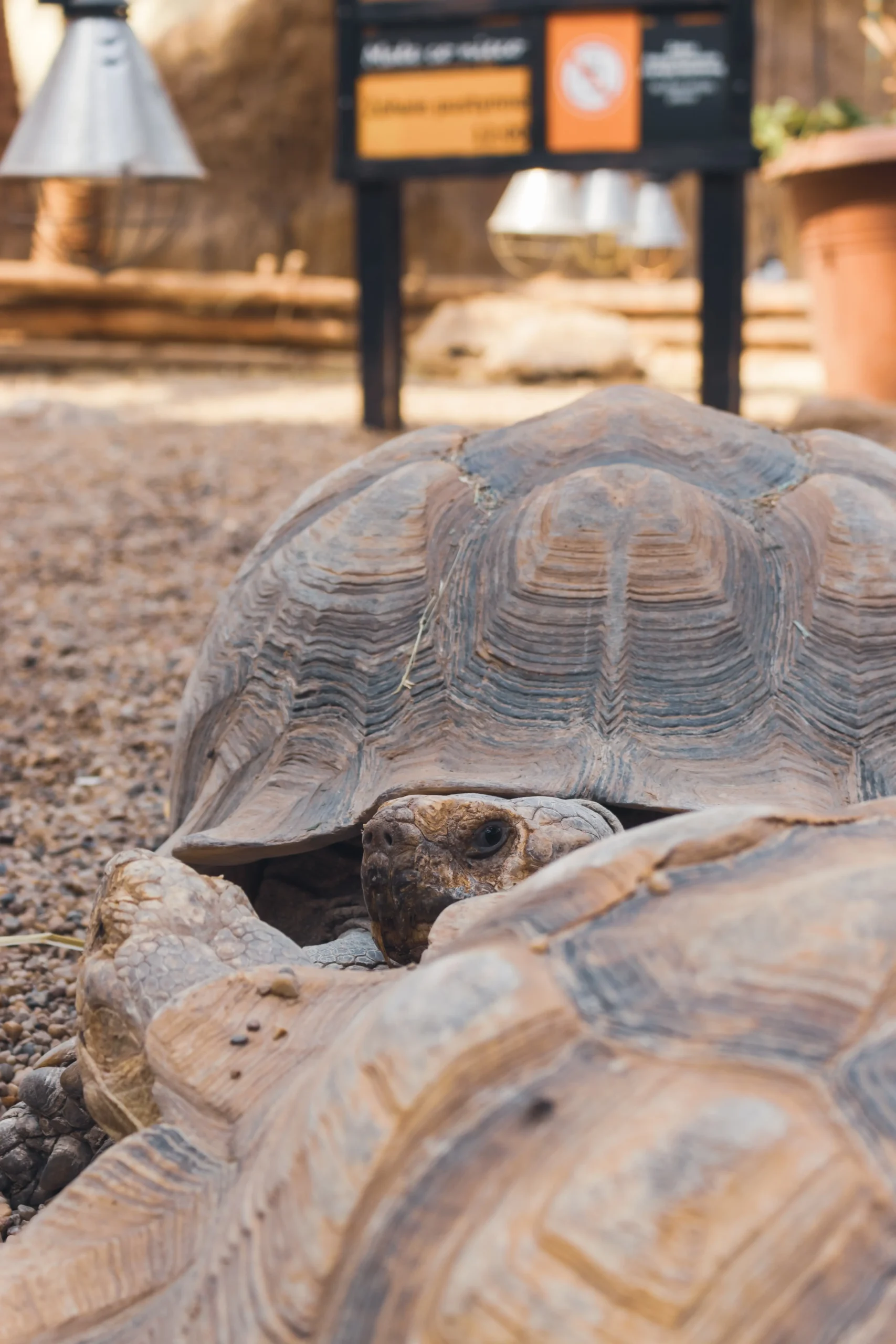
Government regulations play a critical role in turtle conservation. Advocating for stronger legal protections can help safeguard these creatures.
- Habitat Protection: Advocate for the establishment of protected areas and sanctuaries that preserve crucial turtle habitats.
- Trade Bans: Support and lobby for stricter regulations and penalties against the illegal trade of turtles and turtle products.
P – Participate in Scientific Research
Scientific research is essential for gaining insights into turtle behavior, reproduction, and conservation needs.
- Citizen Science Programs: Join citizen science initiatives that involve monitoring turtle populations, nesting sites, and behavior.
- Collaborate with Researchers: If you are a scientist or researcher, collaborate with colleagues to conduct studies that address knowledge gaps in turtle conservation.
S – Safeguarding Nesting Sites
Protecting turtle nesting sites is pivotal in ensuring the survival of future generations.
- Beach Management: Support efforts to implement beach management practices that reduce disturbances to nesting turtles and their eggs.
- Hatchery Programs: Some regions have hatchery programs that collect and incubate turtle eggs in a safe environment before releasing the hatchlings.
Conclusion
In conclusion, CARES TIPS for Turtles is a holistic approach to turtle conservation. By comprehending the classification of turtles, appreciating their ecological importance, recognizing the threats they face, educating the public, supporting conservation initiatives, adopting turtle-friendly practices, initiating legislative measures, participating in scientific research, and safeguarding nesting sites, we can collectively work towards the preservation of these incredible reptiles. Turtles have endured for millions of years; it is our responsibility to ensure they continue to thrive for generations to come

